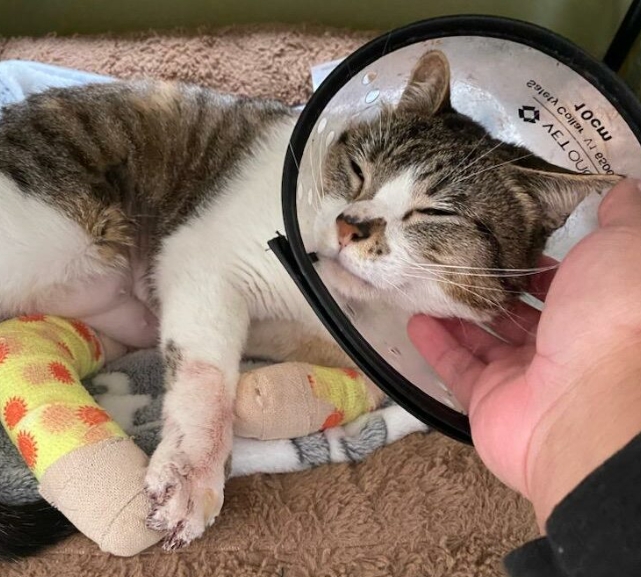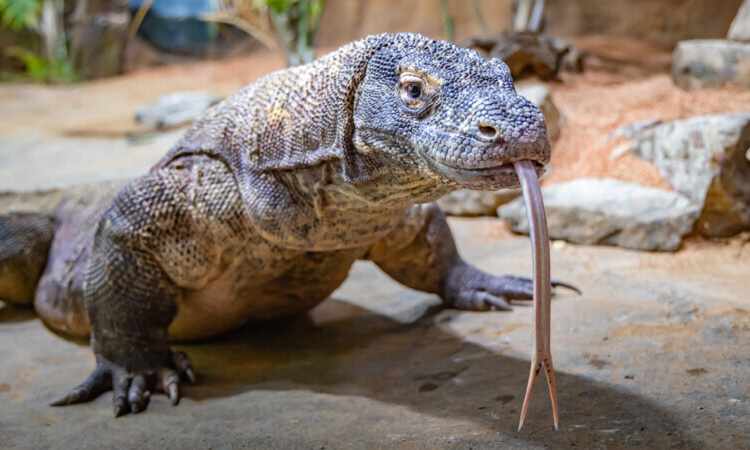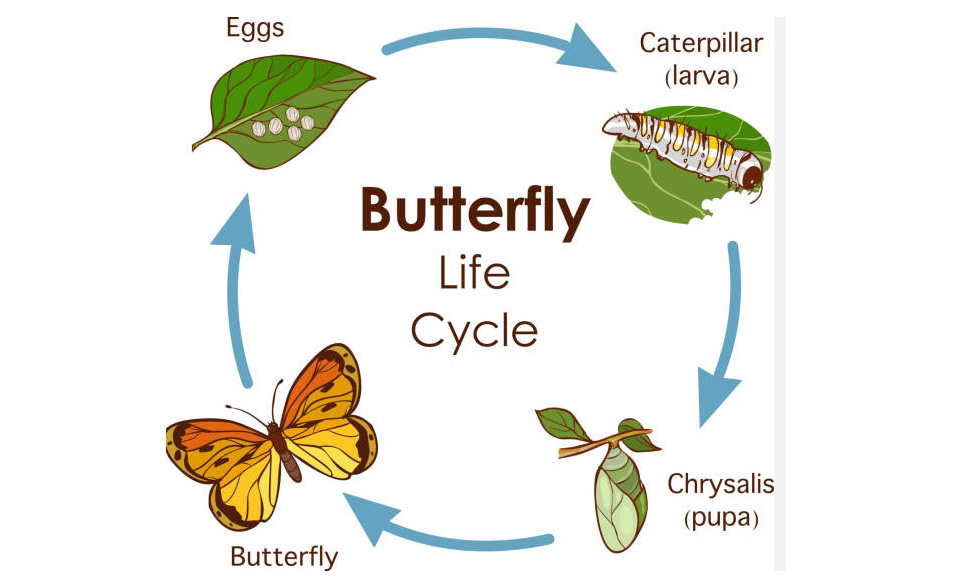Declawing Cats: Understanding the Controversy and Alternatives
Declawing cats has become a topic of significant discussion among pet owners, veterinarians, and animal rights advocates. With a growing awareness of animal welfare, understanding the implications of this procedure is crucial for responsible pet ownership. This article aims to shed light on the reasons behind declawing, its potential consequences, and humane alternatives to consider.
What Does Declawing Really Mean?
Declawing is often misunderstood. It’s not simply the removal of a cat’s claws; the procedure involves amputating a portion of the cat’s toes, which can lead to long-term pain and behavioral issues. While some pet owners believe that declawing can save their furniture or reduce the risk of scratches, the reality is more complex. Many veterinarians argue that declawing is unnecessary and harmful, leading to a sea of debate about its ethical implications and the need for proper alternatives to manage scratching behavior.
The Impact on Cat Health and Behavior
Declawing can affect a cat’s physical and psychological well-being. Post-surgery, many cats experience pain that can alter their natural walking style, leading to changes in posture and even arthritis. Behaviorally, declawed cats may become more aggressive or withdrawn, as they lose their primary means of defense. This can lead to issues such as increased biting or litter box avoidance, which can create a challenging situation for both the pet and the owner. Keeping a cat’s claws intact is essential for their overall health and happiness.
Humane Alternatives to Declawing
Fortunately, there are several humane alternatives to declawing that can effectively manage scratching behavior without compromising a cat’s health. Regular nail trimming, for instance, can significantly minimize the damage caused by scratching. Additionally, providing scratching posts or pads with attractive materials can redirect your cat’s urge to scratch away from furniture. Training your cat with positive reinforcement can also be highly effective, encouraging them to use designated scratching surfaces instead. For those truly concerned about scratches, soft nail caps offer a non-invasive solution that covers the claws without causing pain.
Conclusion
Understanding the implications of declawing is essential for responsible cat ownership. As awareness grows, many options exist that prioritize your cat’s health and well-being without resorting to such a drastic measure. If you’re considering declawing, we encourage you to explore alternatives and consult with your veterinarian to find the best solution for both you and your feline friend. Your cat deserves a happy, healthy life, and you can help provide that!




